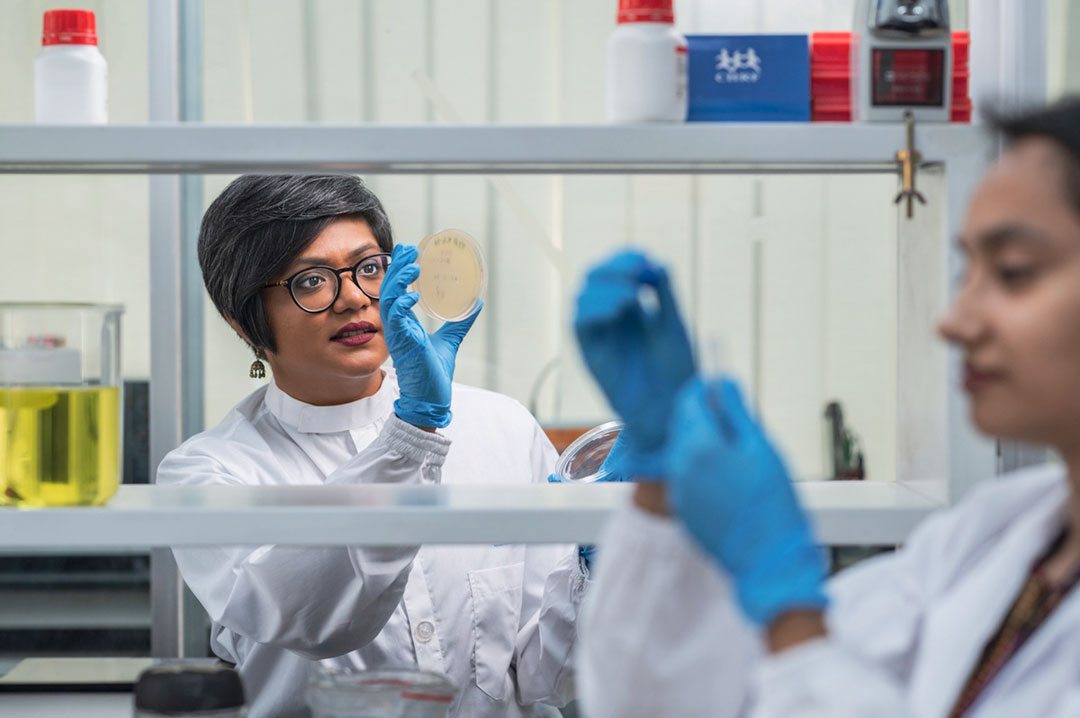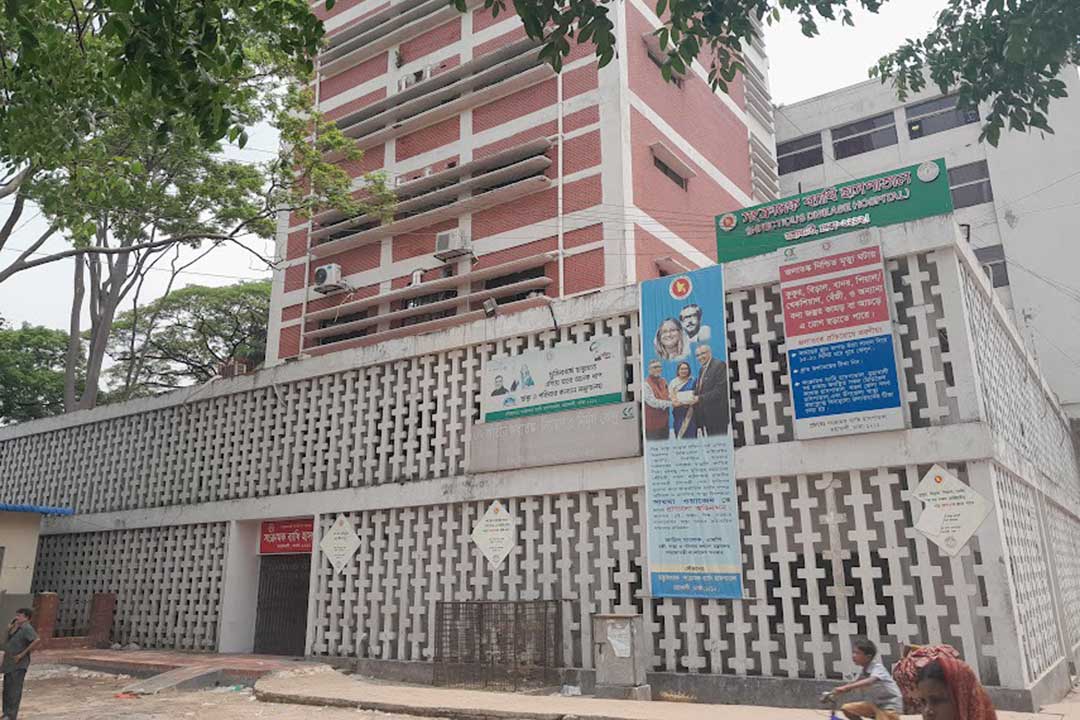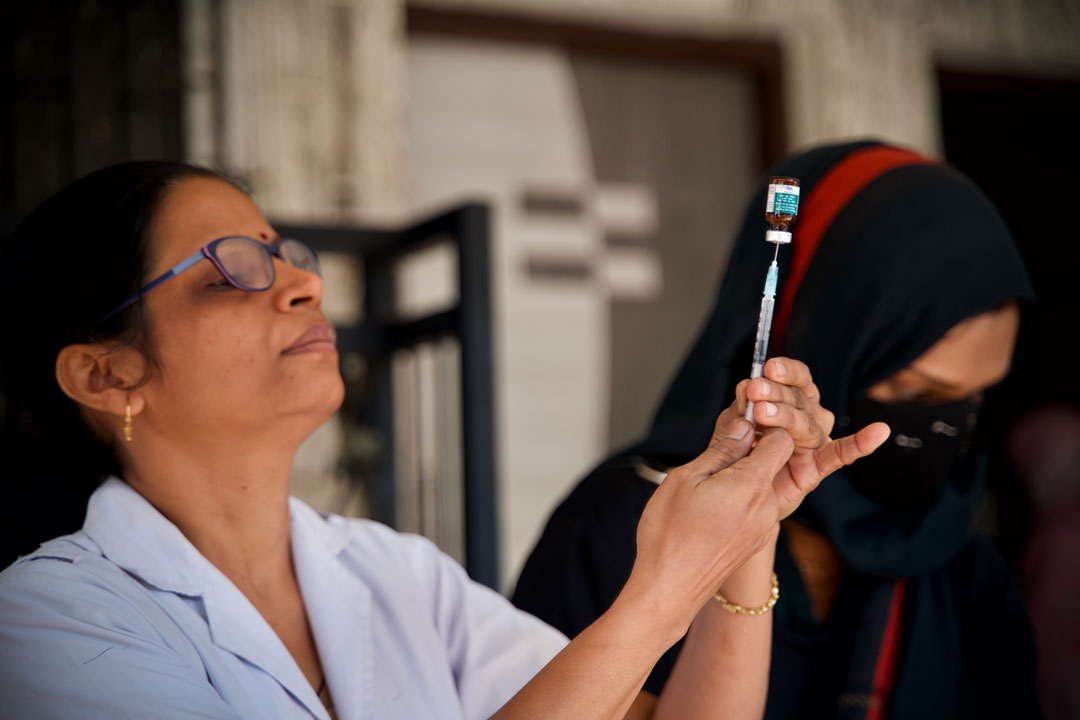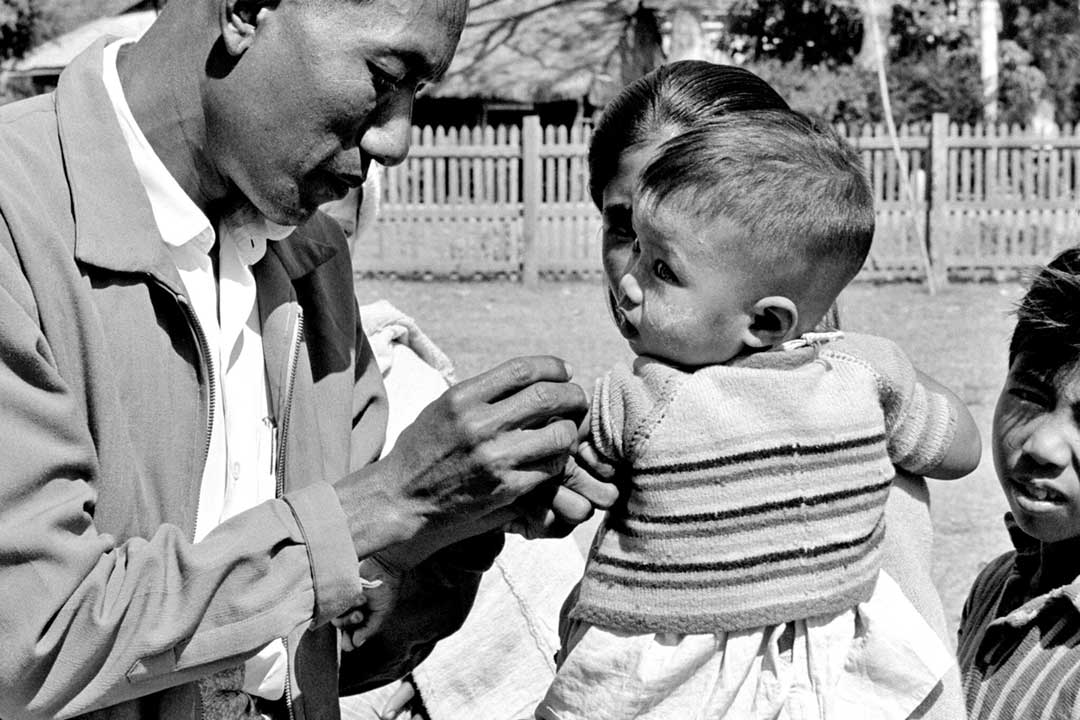Oral cholera vaccines douse a swelling outbreak in populous Dhaka
After researchers spotted an uptick in patients hospitalised with cholera in the capital city, Bangladesh launched a two-part vaccination campaign to bring the disease to heel.
- 23 November 2022
- 4 min read
- by Mohammad Al Amin

In March and April of this year, scientists analysing stool samples at a Dhaka hospital spotted a worrying trend.
The researchers, staffers with the International Centre for Diarrhoeal Disease Research, Bangladesh (icddr,b), were conducting routine patient surveillance: testing samples from every 50th patient at the institution's hospital in order to conclusively determine which pathogens were at work in the patients' bodies.
One bug they were keeping a watchful eye on was Vibrio cholerae: the bacterium that causes cholera, a sickness that typically spreads via contaminated water, and is notorious for sparking explosive, deadly epidemics.
“Some of my neighbours were hospitalised. I was worried at the time because I didn’t know who would be next – myself or my family?”
In Bangladesh – part of the broad South Asian region known as the "homeland of cholera" – the disease is stubbornly endemic: a threat year-round, year in, year out. But that doesn't mean the danger is static in scale.
In March, the total number of diarrhoea patients at the Dhaka hospital leapt to 30,372, from 10,552 the previous month. In April, it rose again to 31,700 patients. Did those numbers point to a ballooning cholera outbreak in the city? The lab results suggested it was likely: in March, the proportion of confirmed cholera sufferers among the hospital's patient intake rose by more than 34%.
For Dr Firdausi Qadri, vaccine scientist and Acting Senior Director at Infectious Diseases Division of icddr,b this springtime spike in the number of patients was cause enough to alert the Directorate General of Health Services (DGHS) to the need for action.

Credit: ICDDR, B
Dousing the outbreak
In response, and in line with the National Cholera Control Plan, the government decided to launch a reactive Oral Cholera Vaccination (OCV) vaccination campaign in July and August. Icddr,b was charged with conducting it.
On the June 26, Health and Family Welfare Minister Zahid Maleque inaugurated the campaign at a function on the icdd,b premises. A 6-day first round began. Second doses would roll out in early August.
700 vaccination sites had by then been set up at five cholera hotspots in Dhaka city – Jatrabari, Dakkhin Khan, Shabujbag, Mohammadpur and Mirpur. The aim: to immunise 2.4 million at-risk people.
Have you read?
"Our vaccination camps were set up in important locations to cover all the targeted people," Mohammad Aktaruzzaman, a Field Research Assistant of the OCV campaign explained. Temporary vaccination sites were mapped out according to the population of each area. For example, 157 temporary vaccination camps were set up in densely populated, highly mobile Mohammadpur alone, with each camp designed to cover around 3,600 people.

Credit ICDDR, B
"People could register on the spot for the first dose, following which we provided them with a vaccination card," Aktaruzzaman said. Everyone aged over one year was considered eligible, with the exception of pregnant people and people who had received other vaccines recently. "The second dose was given to those with the vaccination card. However, managing the huge rush of vaccine recipients was a challenge," he added.
For many city denizens, the offer of the vaccine came as a relief. "Some of my neighbours were hospitalised. I was worried at the time because I didn't know who would be next – myself or my family?" said Silvana Israt, resident of Mirpur.
"However, I am happy that the government brought the oral cholera vaccines and administered it in our area. My family members and I received our doses. Now my two children, aged seven and 15, and I feel safe, as we're protected," she added.
More to come
"With the increasing number of cholera patients, we applied to the International Coordinating Group (ICG) on Vaccine Provision seeking vaccine support. The ICG provided us 4.8 million doses of the vaccine," said Dr Aninda Rahman, Deputy Programme Manager (CDC) of the DGHS, referring to the Gavi-supported international OCV stockpile.

Credit: Mohammad Al Amin
Those 4.8 million doses have helped to bring the cholera situation under control, he said, and saved many lives. Icddr,b's Dr Qadri said the campaign reached around 2.36 million people – just shy of the target.
But the Bangladeshi health system anticipates needing more vaccines to meet demand in future. "We have a plan to bring more people under the vaccination process to prevent the deadly disease," Rahman explained. "The limited number of cholera vaccines was the main challenge of the vaccination campaign as we needed to cover more people with the OCV."
Meantime, in the hospital and in the city streets, icddr,b's scientists will maintain their crucial vigil. "We will continue our surveillance of the areas for more than three years to study the total outcome of the vaccination," Dr Qadri said.









